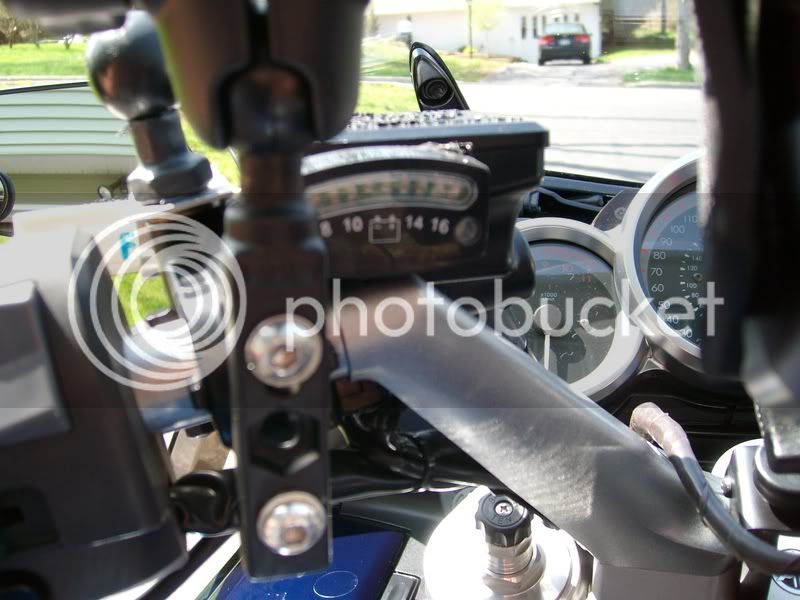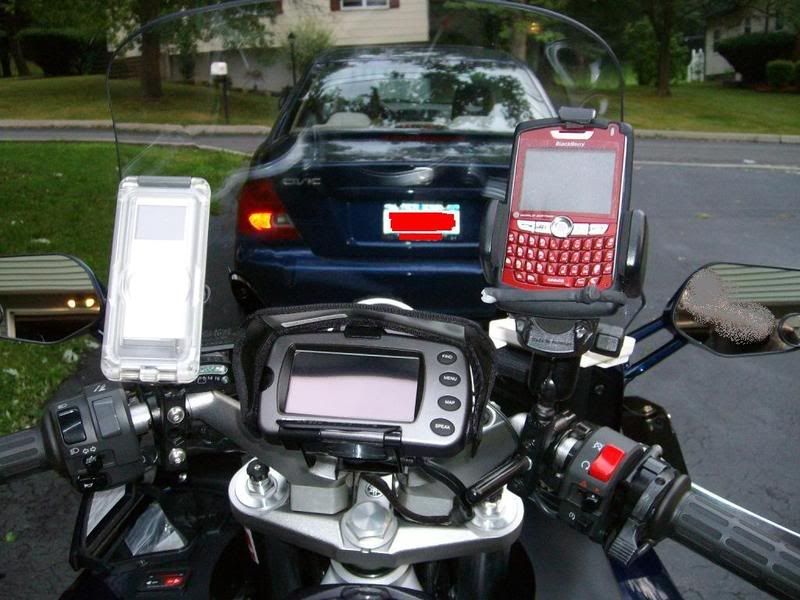I've been looking at adding a voltmeter, and looking at the Datel site, I see that they have an LCD version.
Anybody have it?
The Datel 2-wire page shows the LED model that most people get: DMS-20PC-1-DCM (LED version datasheet). However, it also shows a rather interesting looking LCD model: DMS-20LCD-0-DCM (LCD version datasheet).
I'm not too concerned about the price difference ($50 for LED vs $30 for LCD), what seems interesting to me is the lack of glare or reflection that the LCD will have. I realize it'll be hard (maybe impossible) to read the LCD at night, but I'm not sure that this is a problem. Does anybody think it is?
If backlighting is necessary, someone pointed to this Lascar backlit LCD.
Beyond adding a Givi E52, I haven't done much farkling, so I thought I'd see what people think of this before "digging in."
Anybody have it?
The Datel 2-wire page shows the LED model that most people get: DMS-20PC-1-DCM (LED version datasheet). However, it also shows a rather interesting looking LCD model: DMS-20LCD-0-DCM (LCD version datasheet).
I'm not too concerned about the price difference ($50 for LED vs $30 for LCD), what seems interesting to me is the lack of glare or reflection that the LCD will have. I realize it'll be hard (maybe impossible) to read the LCD at night, but I'm not sure that this is a problem. Does anybody think it is?
If backlighting is necessary, someone pointed to this Lascar backlit LCD.
Beyond adding a Givi E52, I haven't done much farkling, so I thought I'd see what people think of this before "digging in."





